PsychNewsDaily Publishers
100 Summit Drive
Burlington, MA, 01803
Telephone: (320) 349-2484
PsychNewsDaily Publishers
100 Summit Drive
Burlington, MA, 01803
Telephone: (320) 349-2484
Decanting wine enhances its flavor and aroma by exposing it to air, softening tannins, and separating sediment for a smoother tasting experience.
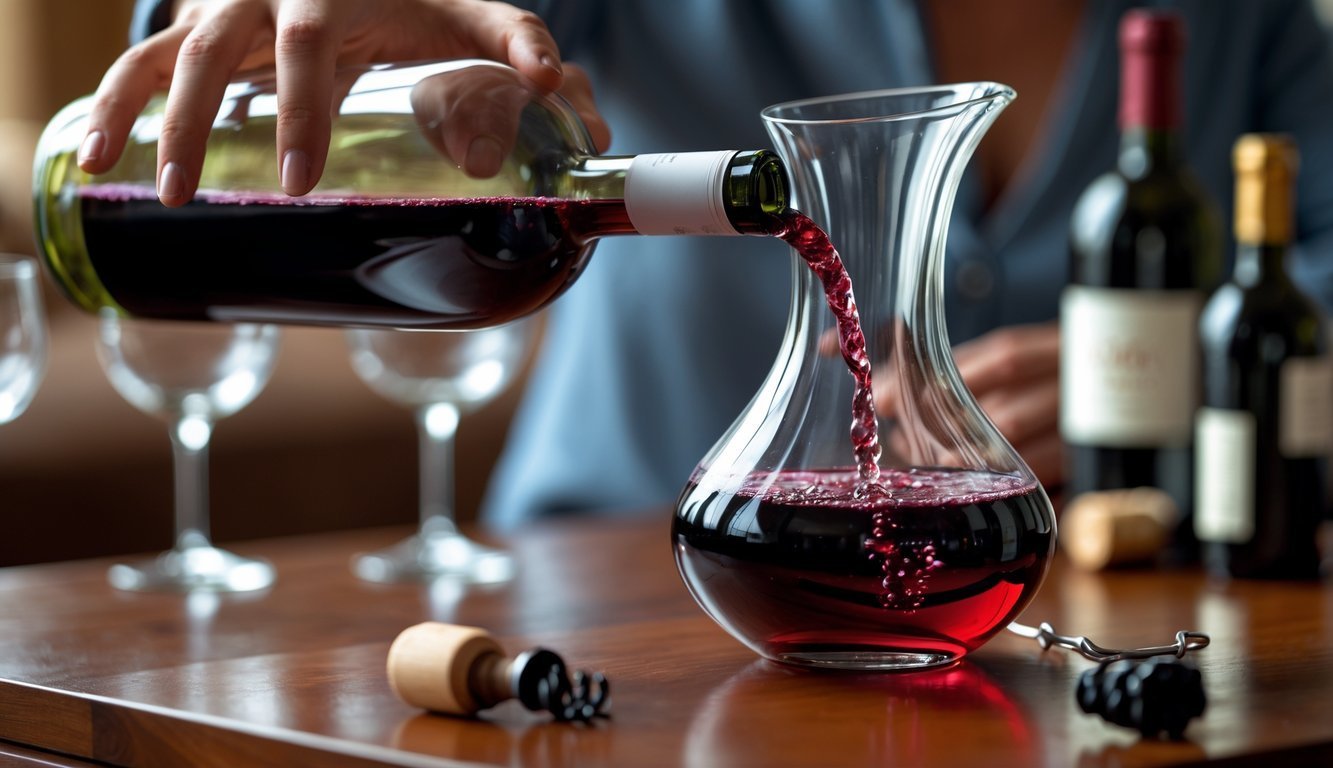
Decanting wine isn’t just some fancy ritual—it actually makes your wine taste better. When you decant, you let the wine mingle with air, and that can bring out flavors and aromas you’d probably miss otherwise.
It’s a simple move that can turn any bottle into something more enjoyable.
You’ll find easy tips here to help you unlock all those hidden flavors in your wine, no matter what kind of bottle you’ve got. These little secrets can totally change how you experience wine and make every glass feel special.
Whether you’re just hanging out at home or sharing a bottle with friends, learning how to decant can really boost your enjoyment.
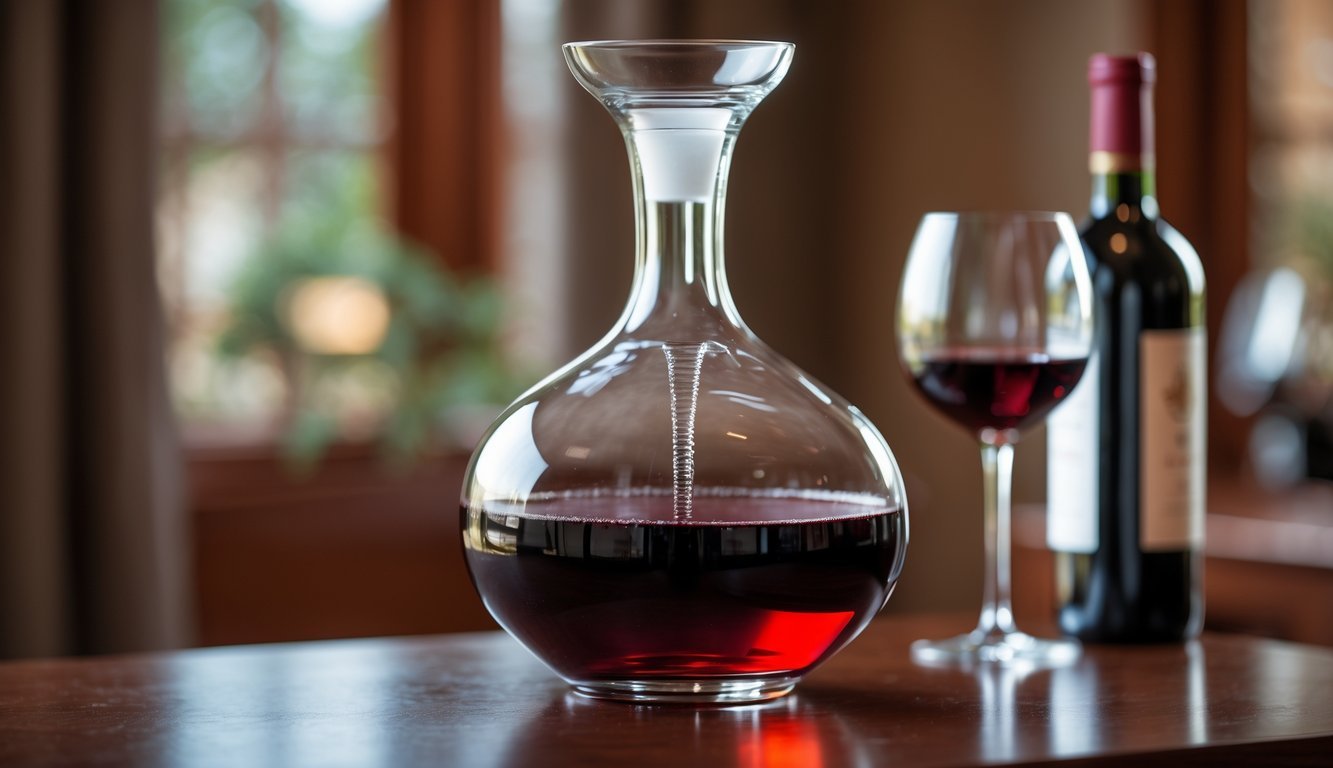
Pick a wide-bottomed glass decanter to give your wine room to breathe. The wide base spreads out the wine, so more air gets to it.
This extra oxygen softens up young wines and brings out aromas that might stay hidden in the bottle.
Pour slowly to avoid stirring up sediment. The wide-bottom design works especially well for bold reds that love a bit more air.
Honestly, using a decanter like this is an easy way to make your wine taste better—no fancy tools or special skills needed.
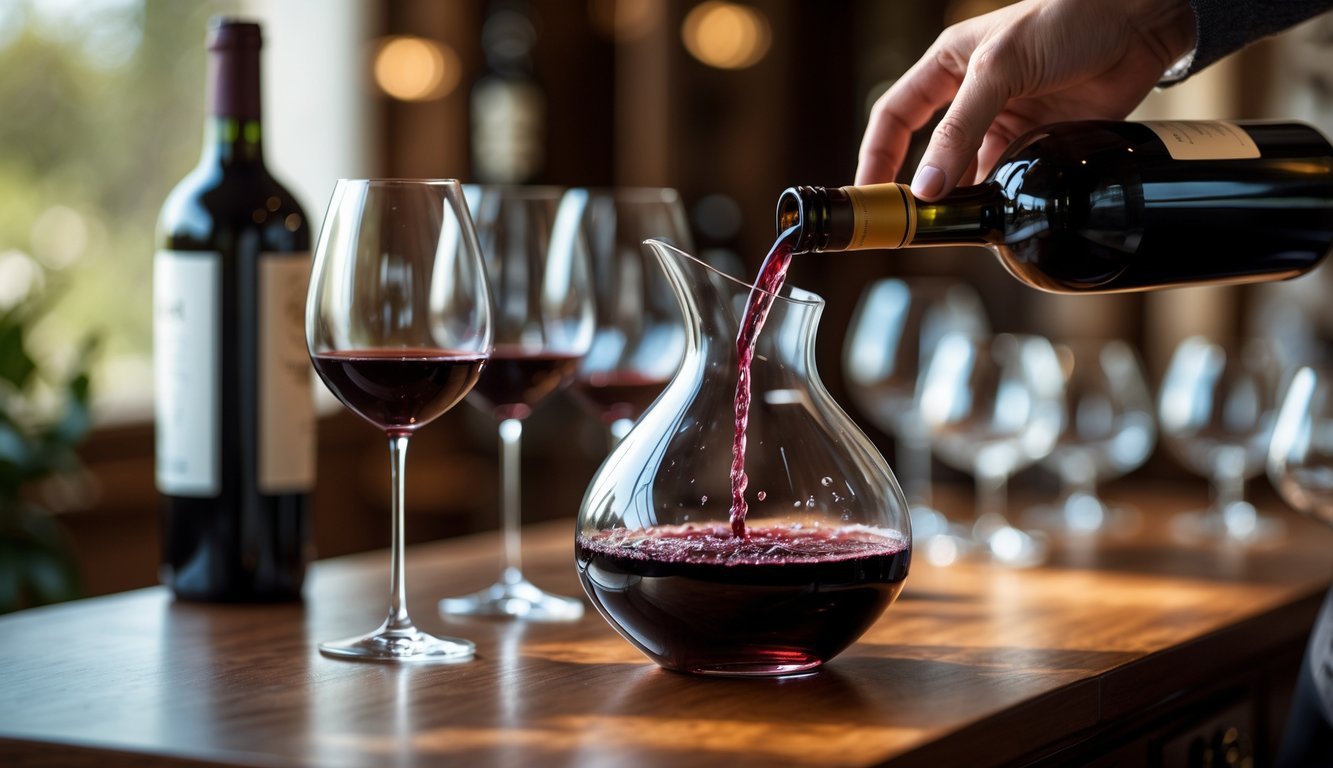
Got a young, tannic red? Decanting can really help. These wines often taste sharp or a bit bitter straight out of the bottle.
Letting them sit in a decanter for 30 to 60 minutes gives them time to breathe. The air softens those tannins and makes the wine smoother.
Cabernet Sauvignon, Syrah, and Nebbiolo usually benefit the most. With a little patience, you’ll notice the flavors open up and those harsh edges fade away.
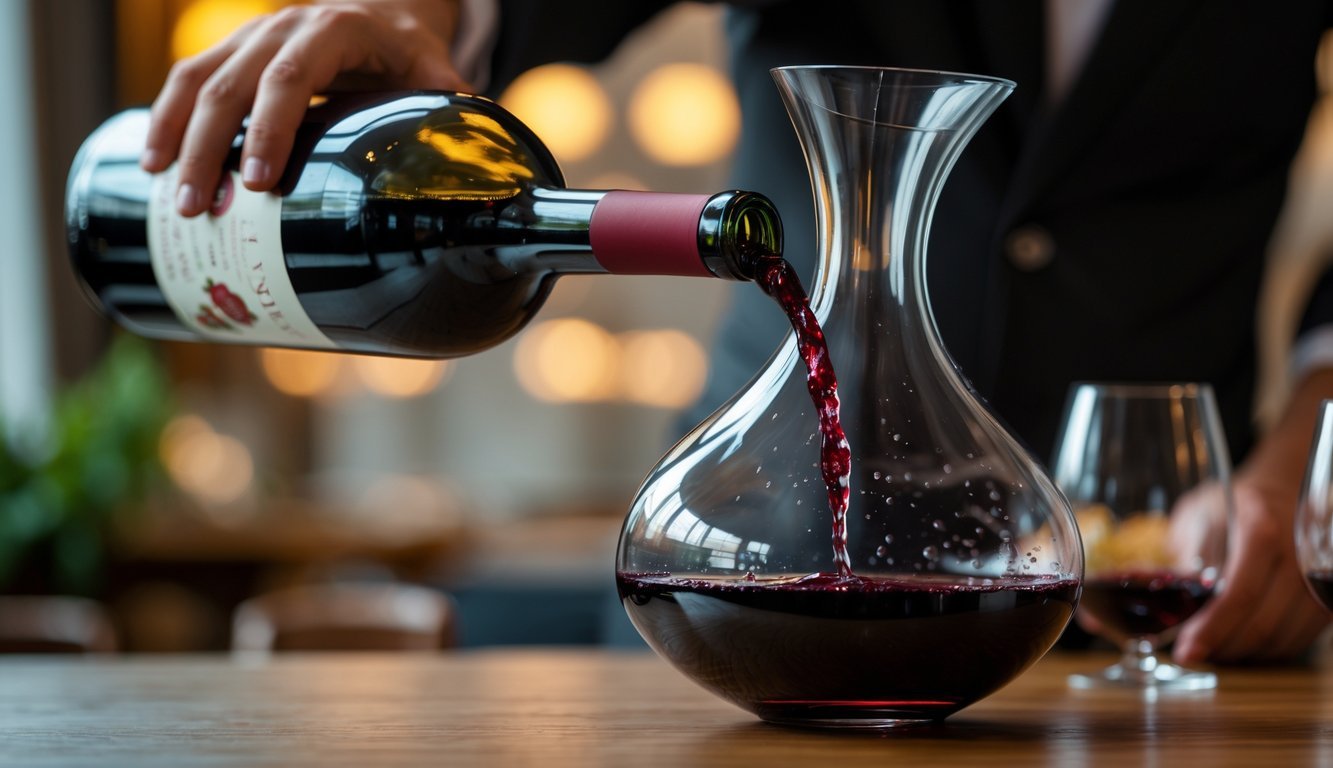
Pour wine slowly to keep sediment at the bottom of the bottle. Sediment shows up in older wines and can make your glass gritty if it slips through.
Hold the bottle at an angle. Use a light behind the neck to spot sediment moving up.
Stop pouring as soon as you see any sediment near the neck. It’s honestly better to leave a little wine behind than to risk getting that gritty stuff in your glass.
Taking it slow pays off—your wine will look clearer and taste better.
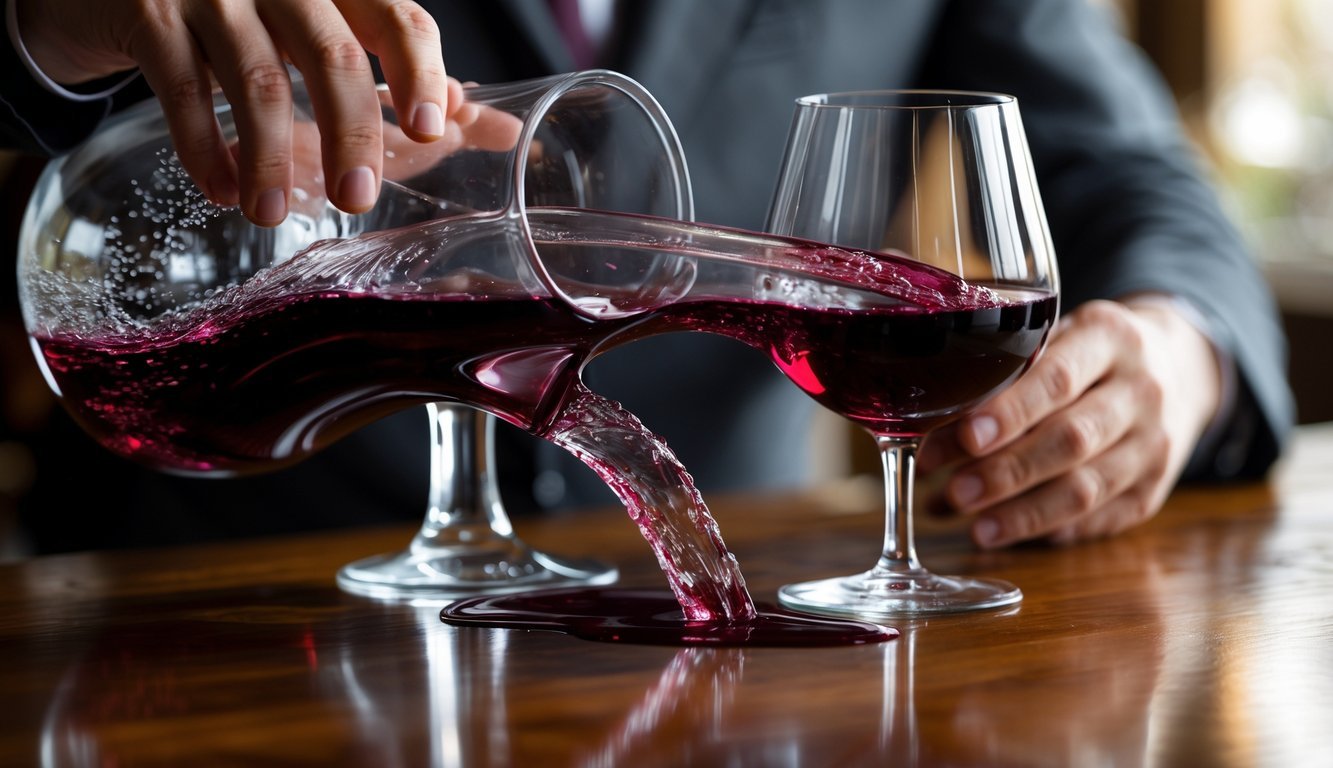
Double decanting means you pour your wine into a decanter and then back into the bottle. This move speeds up how fast the wine opens up.
You pour slowly between the two, letting more air mix in. The extra movement softens the wine and brings out flavors in less time.
No decanter? Use a clean pitcher or bowl, then pour it back into the bottle. Just remember to clean the bottle first.
This trick saves time and still improves taste—no fancy gear needed.

If you’ve got a light, delicate white wine, skip decanting. These wines have fresh, zesty flavors that fade fast when exposed to air.
Decanting can actually steal their crispness and bright aromas. Pour them straight from the bottle and enjoy them as they are.
Not every white wine needs air. If it’s young and light, just let it shine on its own.
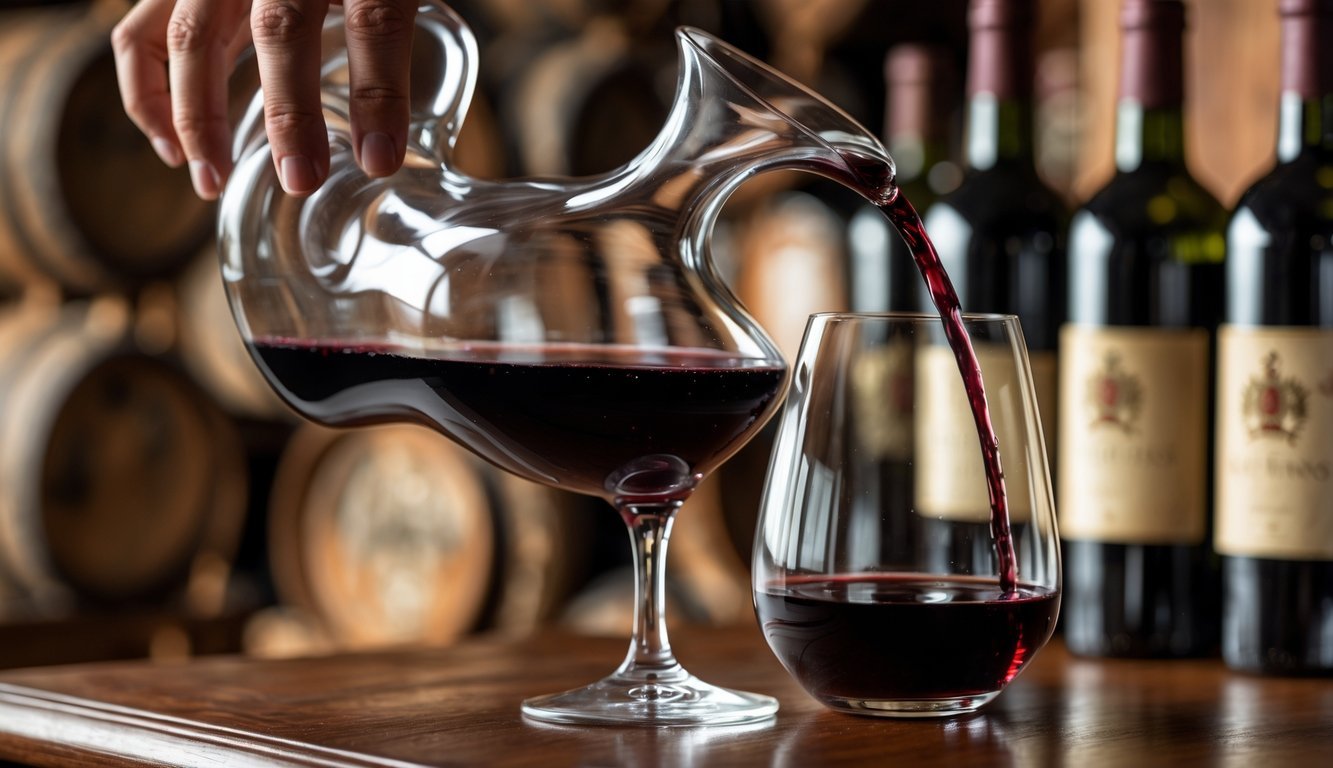
Vintage wines are delicate, so you want to handle them gently. Letting them breathe for just 15 to 30 minutes brings out their subtle aromas.
Too much air? The flavors fade really quickly. Pour into a decanter or let it sit in the glass for a bit.
Keep an eye on it—there’s a sweet spot where the wine feels alive but still balanced.
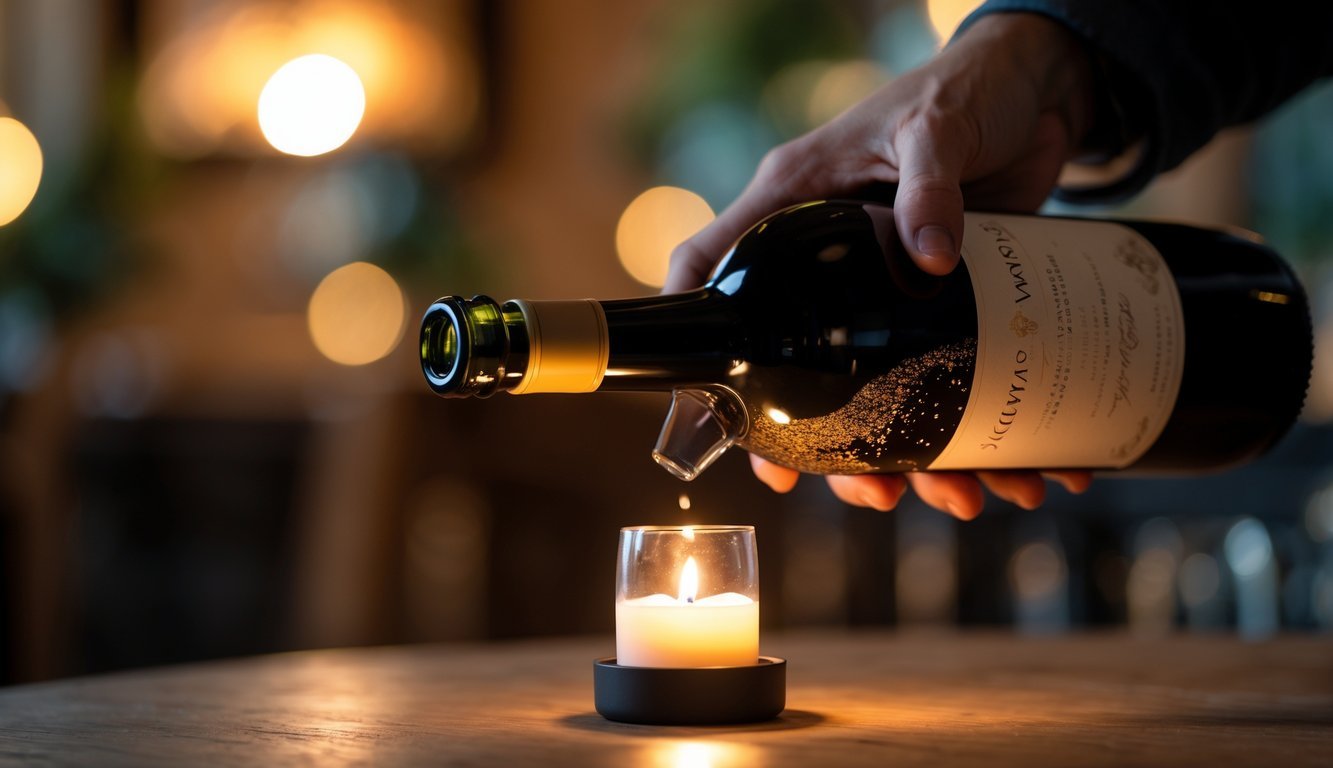
Sediment in older bottles can be tricky to see. Shine a candle or flashlight under the neck as you pour.
The light makes it easy to spot when sediment creeps up. Stop pouring before it reaches the neck.
Hold the bottle steady and pour slowly. Watching the light helps you avoid gritty bits in your glass.
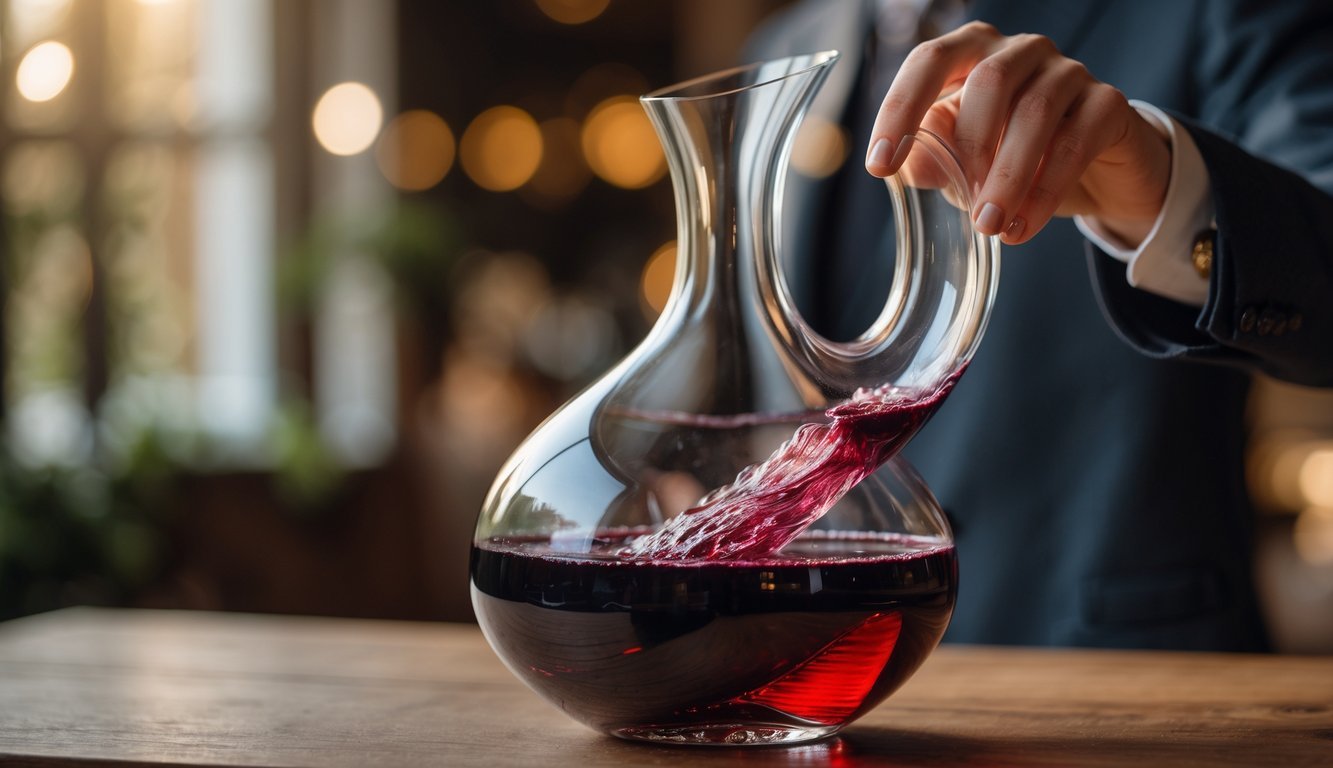
Swirl your wine in the decanter to help it mix with air. This tiny move brings more oxygen to the wine.
Oxygen softens harsh flavors and releases those fruity or floral aromas. You don’t have to swirl hard—just a gentle motion is enough.
Swirling spreads the wine out so oxygen covers more of it. The result? Smoother, more balanced wine.
Try swirling after pouring, and maybe again before serving. It’s a simple way to unlock more flavor.
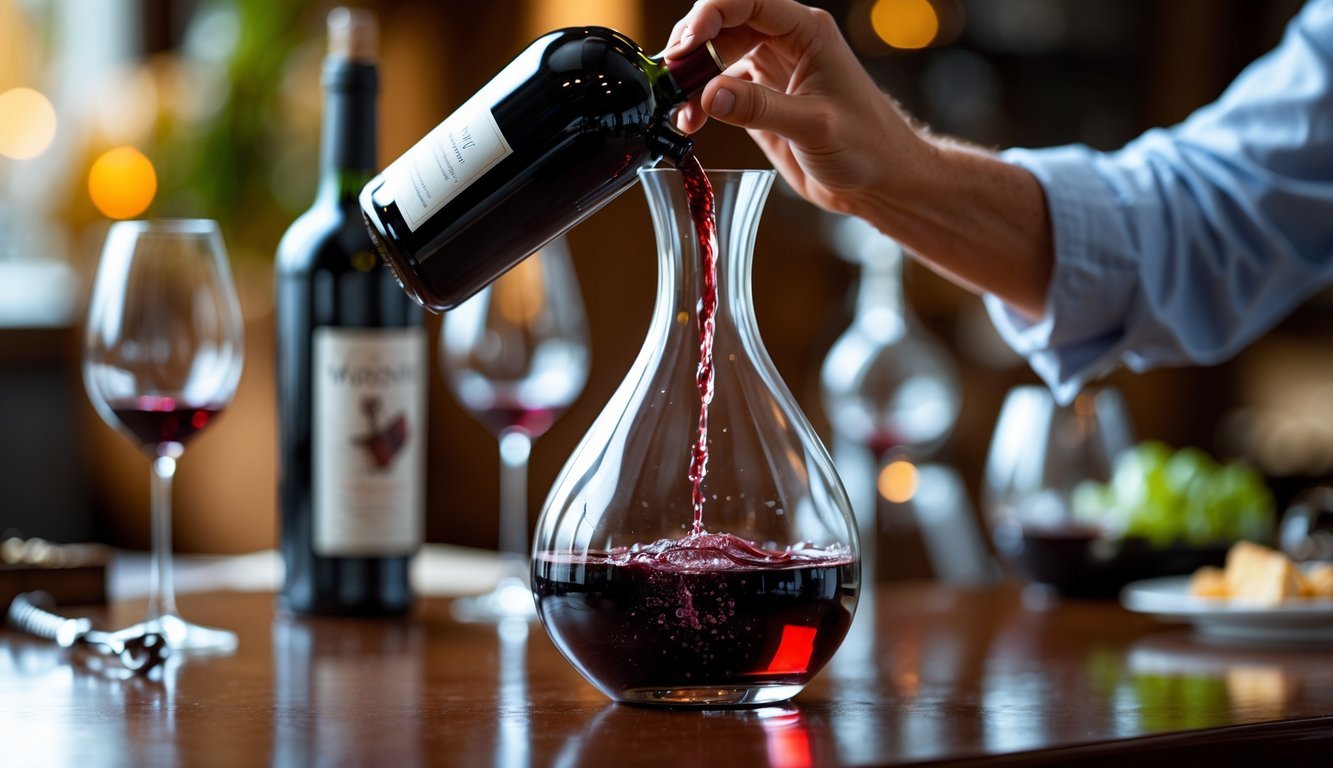
Decanting full-bodied reds like Cabernet Sauvignon lets them breathe and softens those strong tannins.
It also brings out richer flavors and aromas. You might notice more fruit, spice, or earthy notes after a bit of time.
For young Cabernets, give them 30 minutes to an hour. Older bottles need less—just enough to separate any sediment.
A decanter can make these wines taste smoother and way more enjoyable.
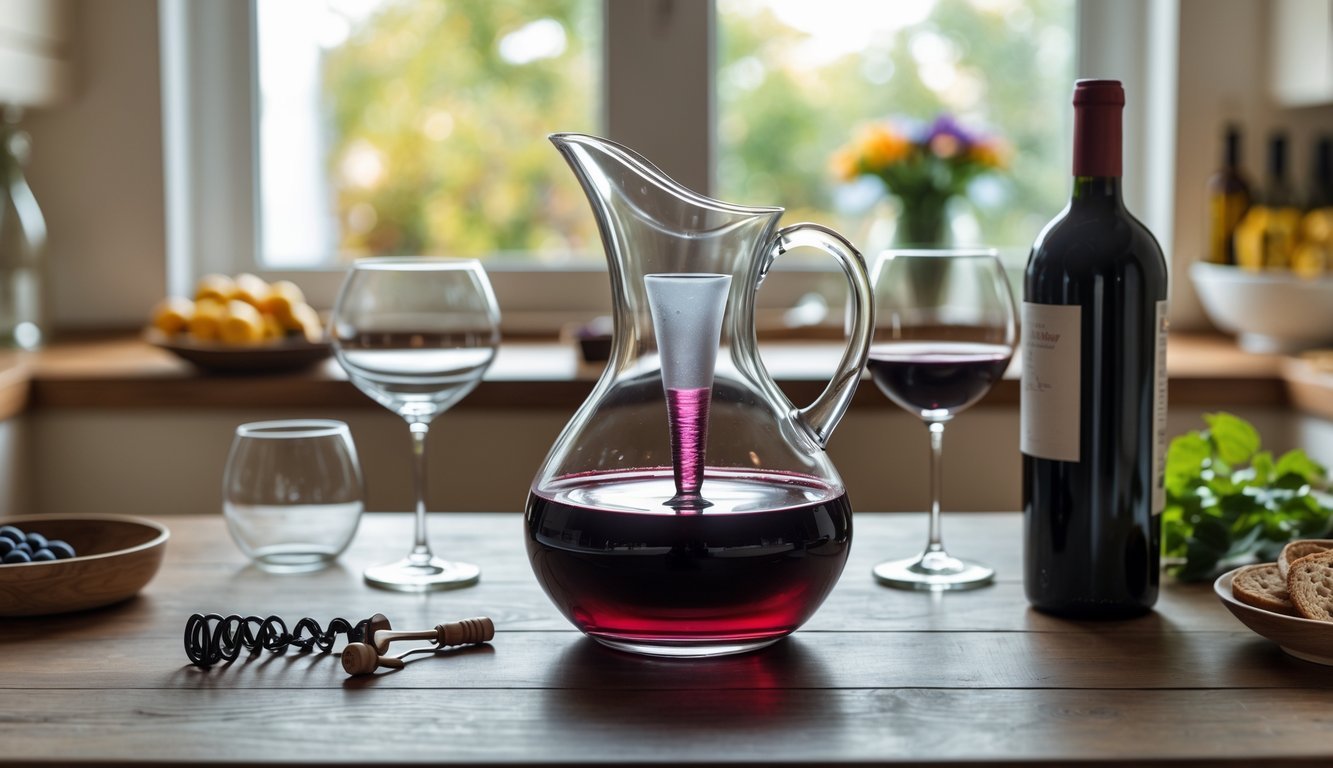
No decanter? A glass pitcher works just fine to let your wine breathe. It gives the wine some air and helps soften its flavors.
Pick a clean, clear glass pitcher so you can see the wine’s color and clarity. Avoid plastic or metal—they can mess with the taste.
Pour slowly to keep sediment out. Let the wine sit a few minutes before serving to unlock more aroma.
Honestly, this is perfect for casual nights when you don’t feel like fussing with extra tools.
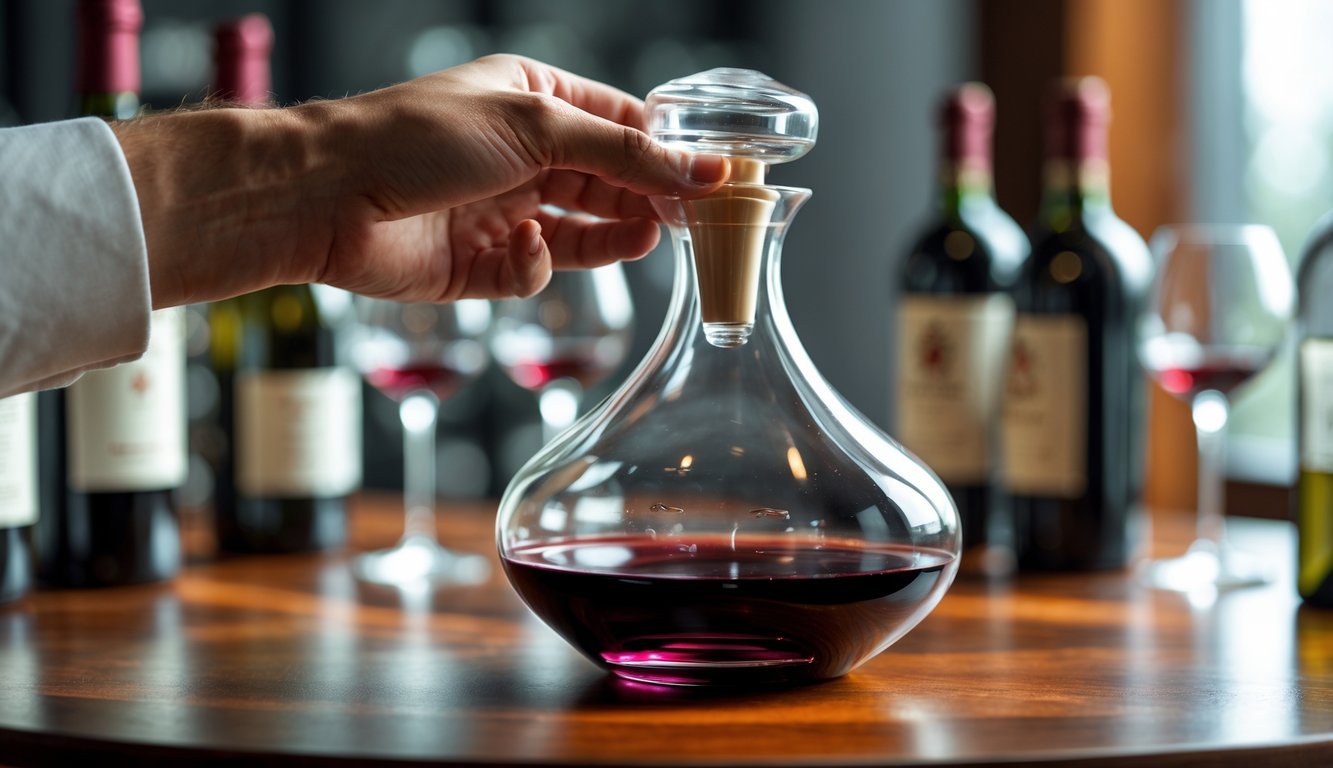
A stopper on your decanter limits how much air touches your wine. This keeps the flavors from changing too quickly.
Leaving the decanter open lets the wine breathe, but too much air can make it lose freshness. The stopper slows things down and protects your drink.
If you want to enjoy the bottle over a couple days, the stopper’s your friend. It keeps the taste stable and still lets some aroma through.
Make sure the stopper fits well—not too loose, not too tight. It’s a simple step, but it really helps.
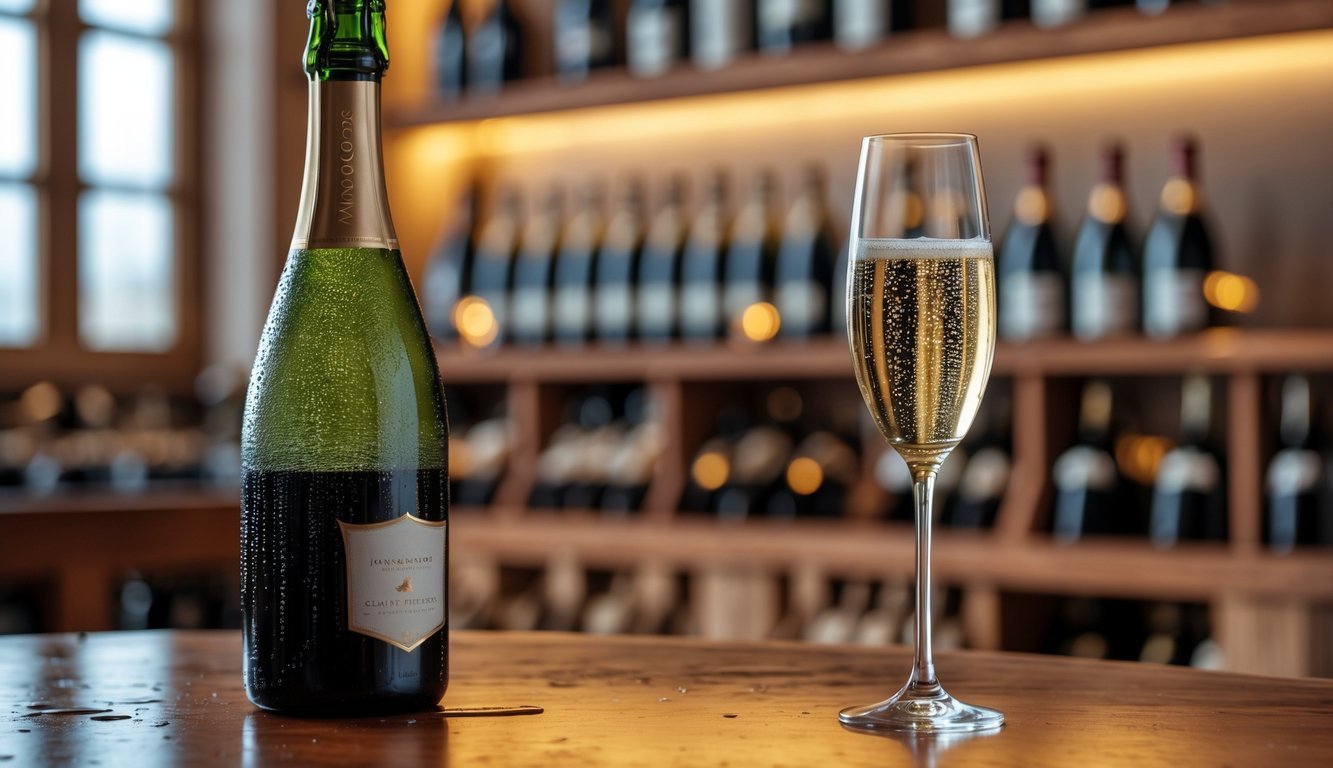
Decanting sparkling wines? Not a great idea. You’ll lose the bubbles that make them special.
Those bubbles add freshness and fun. Pouring into a decanter lets the fizz escape fast.
If you want to keep the sparkle, serve straight from the bottle or pour gently into a glass. Maybe decant older sparkling wines if they’ve lost their fizz, but for most, just keep it bubbly.
The bubbles are half the fun—don’t let them disappear.
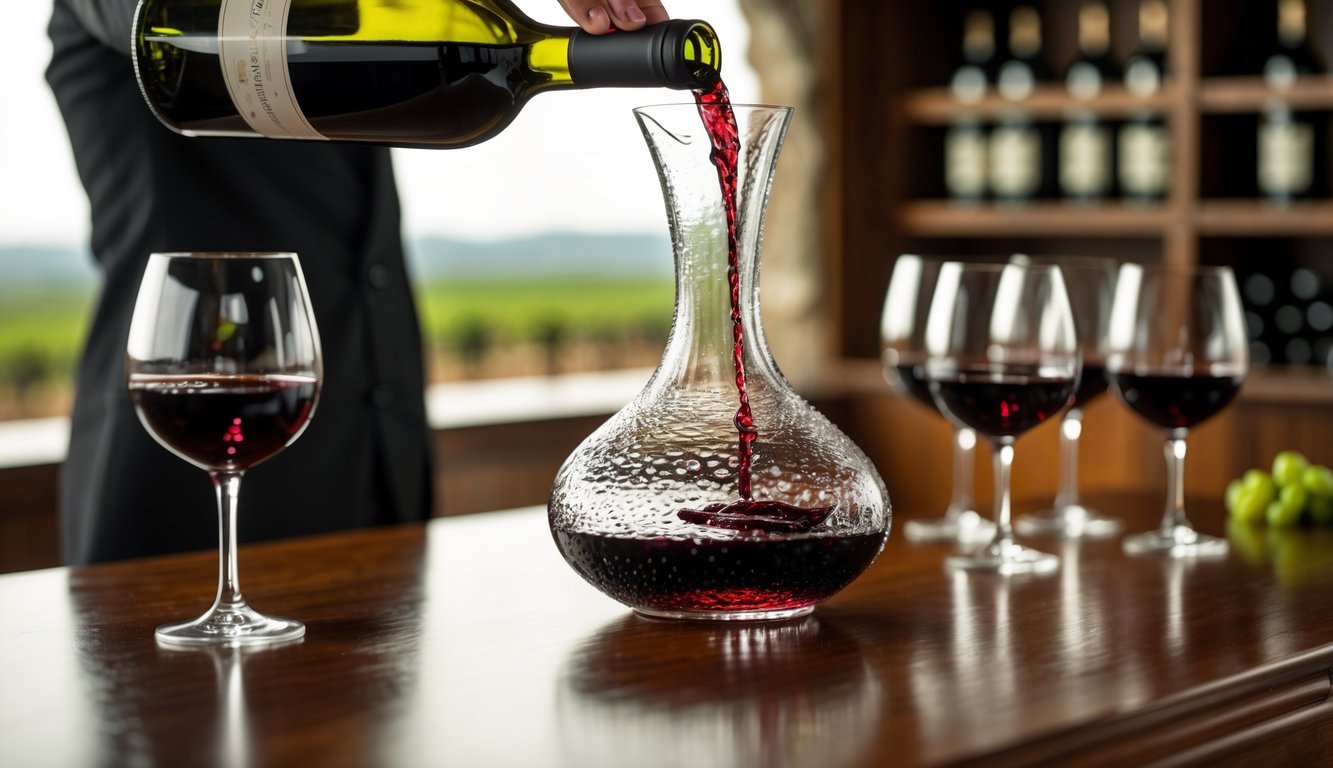
Decanting changes how your wine smells and tastes by letting it mix with air and by removing sediment. The process softens sharp flavors and brings out hidden aromas, making the wine taste smoother.
When you pour wine into a decanter, it meets oxygen. That starts aeration. Oxygen reacts with the wine and breaks down harsh chemicals.
This softens strong tannins and makes the wine less bitter. Aeration also helps release the wine’s bouquet—the mix of smells you notice.
Some aromas need air to really show up. Young reds especially benefit, letting their fruity or spicy notes come forward.
Not all wines need the same breathing time. Lighter wines might need just a few minutes. Big reds can take an hour or more.
Pay attention to how the smell and taste change. That helps you figure out when your wine’s ready.
Old wines, or certain types like vintage reds, often have sediment—tiny particles that settle at the bottom. The sediment isn’t harmful, but it can make the wine gritty or cloudy.
Decanting lets you separate the sediment from the liquid. Pour slowly into a clean decanter, leaving the sediment behind.
This keeps your glass clear and your wine tasting cleaner. It also prevents those bitter, dusty flavors from mixing in—so your wine feels fresher and smoother.
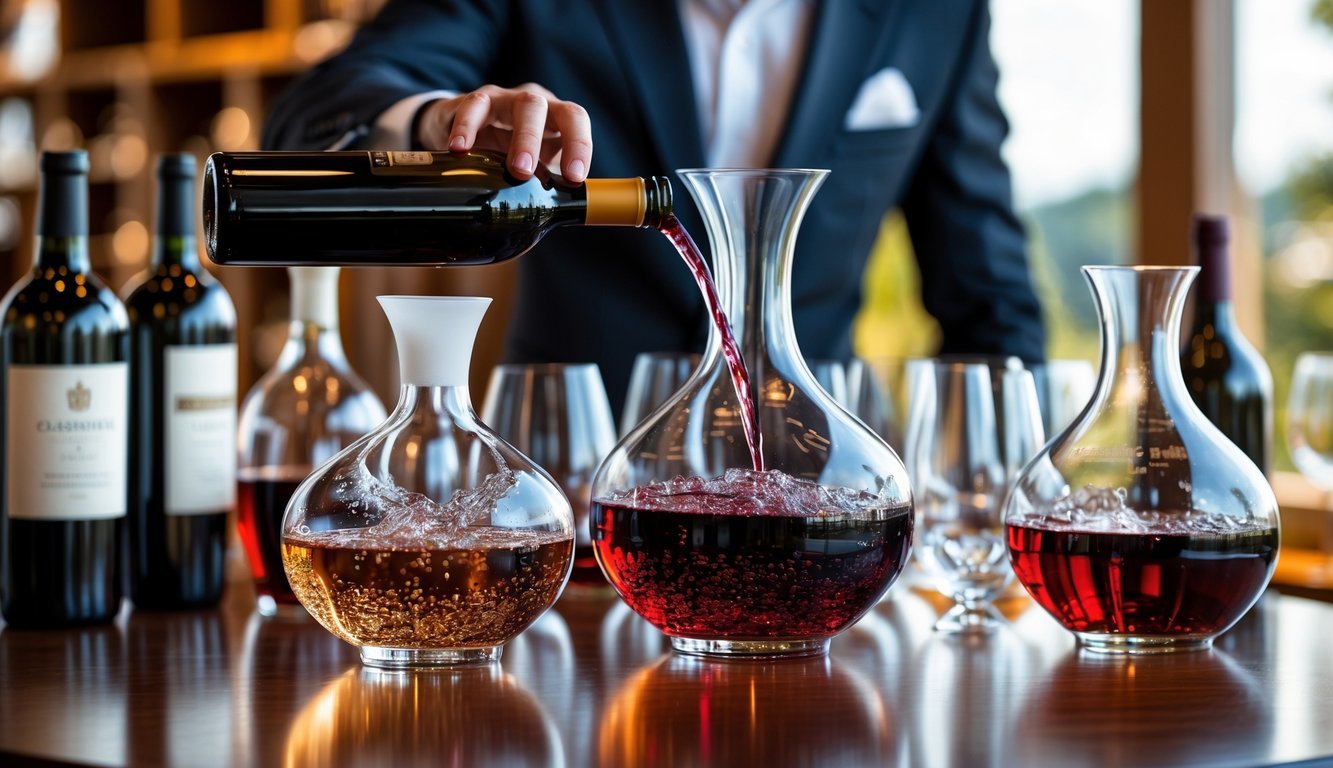
Picking the right decanter really comes down to the wine and how you want it to open up. The shape and material make a difference in how much oxygen your wine gets—plus, some are just easier to clean.
Some shapes just work better for certain wines. If you keep your decanter clean, your wine will taste better every time.
The shape of a decanter changes how much air reaches your wine. Wide-bottomed decanters let more air hit the wine, which helps younger reds open up.
Tall, narrow decanters suit delicate whites or older reds that don’t need as much oxygen. It’s a subtle thing, but it matters.
Most decanters are glass or crystal. Crystal looks beautiful, but it can be fragile.
Glass is usually sturdier and easier to clean. I’d skip cheap plastics—they can mess with the taste.
Think about how you’ll use your decanter. If you want easy pouring, look for a good neck and spout.
If you care about presentation, pick a decanter with a bit of style. It’s nice when something looks good and actually works, right?
If you want your decanter to last, rinse it with warm water right after you use it. Skip the soap—honestly, that stuff can leave behind smells that mess with your wine.
Got stubborn stains or cloudy spots? Try mixing warm water with a bit of white vinegar. Some folks swear by those little cleaning beads made just for decanters—they actually work pretty well.
Dry your decanter upside down on a rack. Or just use a soft cloth if you’re feeling extra careful, since nobody wants those annoying water spots.
Find a safe spot to store it so you don’t end up with chips or cracks.
When you clean it regularly, you keep old odors and residue from ruining the next bottle. Plus, your decanter stays clear and ready for the next pour.